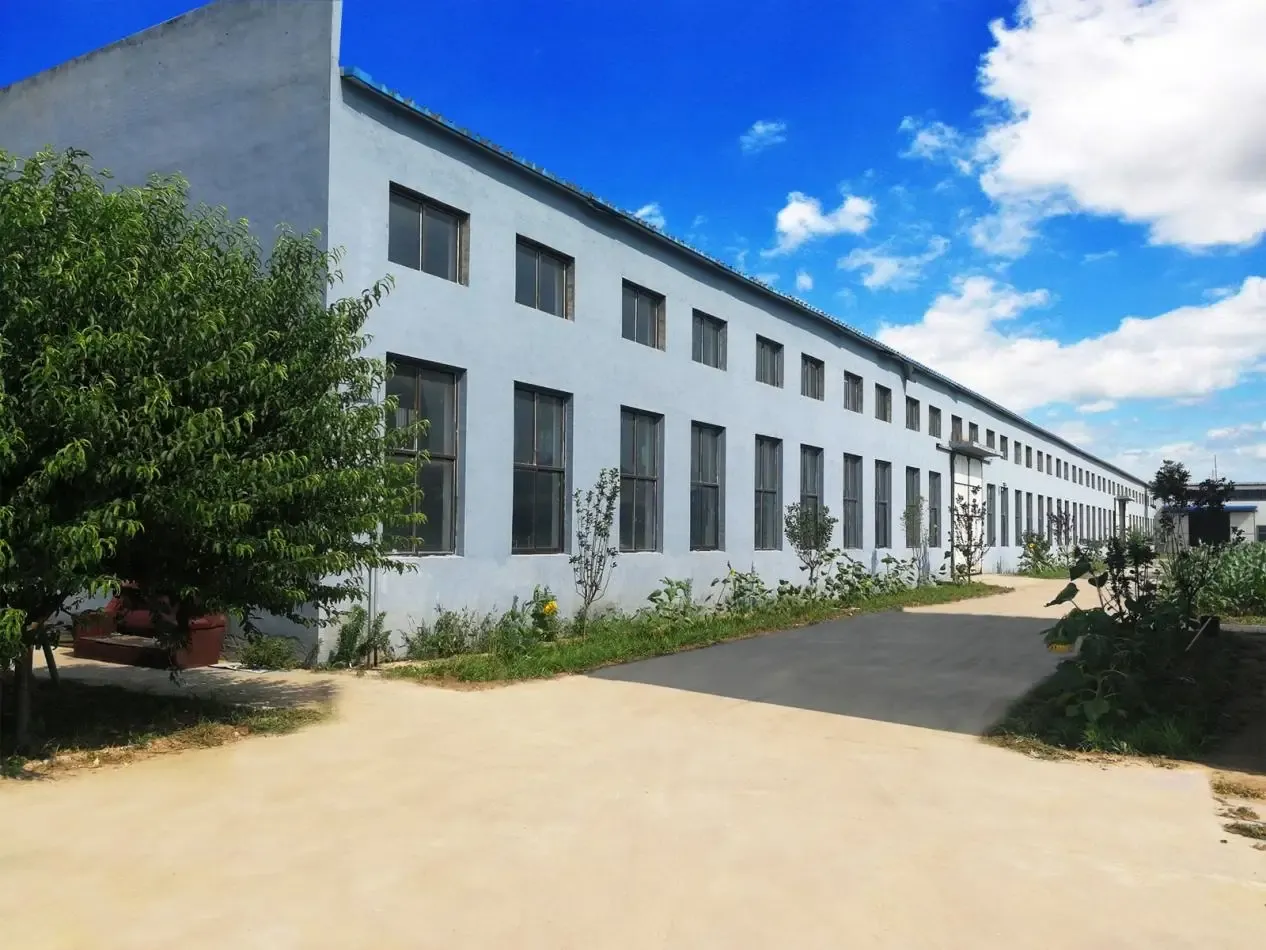നവം . 21, 2024 13:57 Back to list
cable wire manufacture
The Art and Science of Cable Wire Manufacturing
Cable wire manufacturing is a specialized industry that plays a crucial role in modern infrastructure, powering everything from household appliances to complex industrial machinery. The process of creating these essential components involves a delicate balance of art and science, integrating advanced technology with meticulous craftsmanship. This article delves into the various aspects of cable wire manufacturing, highlighting the processes involved, the materials used, and the significance of quality control.
The Manufacturing Process
The manufacturing of cable wire typically involves several key stages drawing, stranding, insulating, and finally, cabling.
1. Drawing The first step is the drawing of metal rods, commonly copper or aluminum, into finer wires. This is achieved through a series of dies that reduce the diameter of the wire while increasing its length. Continuous drawing machines are used to enhance efficiency, allowing for the production of long coils of wire with uniform size and strength. The drawing process is crucial as it not only shapes the wire but also imparts desired mechanical properties through work hardening.
2. Stranding After drawing, the individual wires are stranded together to form a cable. Stranding involves twisting several wires together to produce a more flexible and stronger conductor. This can be done in various configurations, such as concentric or helical stranding, each serving different applications and performance requirements. The stranding process improves the cable's resistance to bending and flexing, which is essential in dynamic operational environments.
3. Insulating Once the wire has been stranded, the next step is to insulate it to prevent electrical leakage and protect against environmental factors. Various materials are used for insulation, including polyvinyl chloride (PVC), polyethylene (PE), and fluoropolymers, depending on the wire's intended application. The insulation process can involve extrusion, where the insulating material is melted and coated around the stranded wire, ensuring a uniform layer that adheres firmly.
cable wire manufacture

4. Cabling The final stage involves the creation of multi-core cables, where several insulated wires are bundled together. This stage often includes additional protective layers, such as armor for cables meant for outdoor use or in harsh environments. The final product is rigorously tested to ensure it meets safety and performance standards before being rolled into spools for distribution.
Materials Used
In cable wire manufacturing, the choice of materials is paramount. Copper is the most commonly used conductor due to its superior electrical conductivity, high thermal conductivity, and excellent ductility. Aluminum, while less conductive than copper, is lighter and more cost-effective, making it a popular choice for overhead power lines and large-scale applications. The insulation materials must also meet specific criteria based on temperature resistance, chemical stability, and mechanical strength to provide long-lasting performance.
Quality Control
Quality control is an integral part of the cable wire manufacturing process. From the selection of raw materials to the final testing of finished products, manufacturers implement rigorous quality assurance protocols. This includes testing the electrical properties, tensile strength, and insulation resistance of the cables. Compliance with international standards, such as ISO and ASTM, ensures that the cables are safe and reliable for consumer use.
Conclusion
The field of cable wire manufacturing is a cornerstone of modern electrical and communication systems. The process combines advanced technology with skilled craftsmanship to produce wires and cables that meet the diverse needs of various industries. As demand for electricity continues to rise globally, innovations in cable design and manufacturing processes will be vital in addressing future challenges. Understanding the intricacies of cable wire manufacturing not only sheds light on its importance but also emphasizes the need for quality and reliability in every single wire that powers our world.
Share